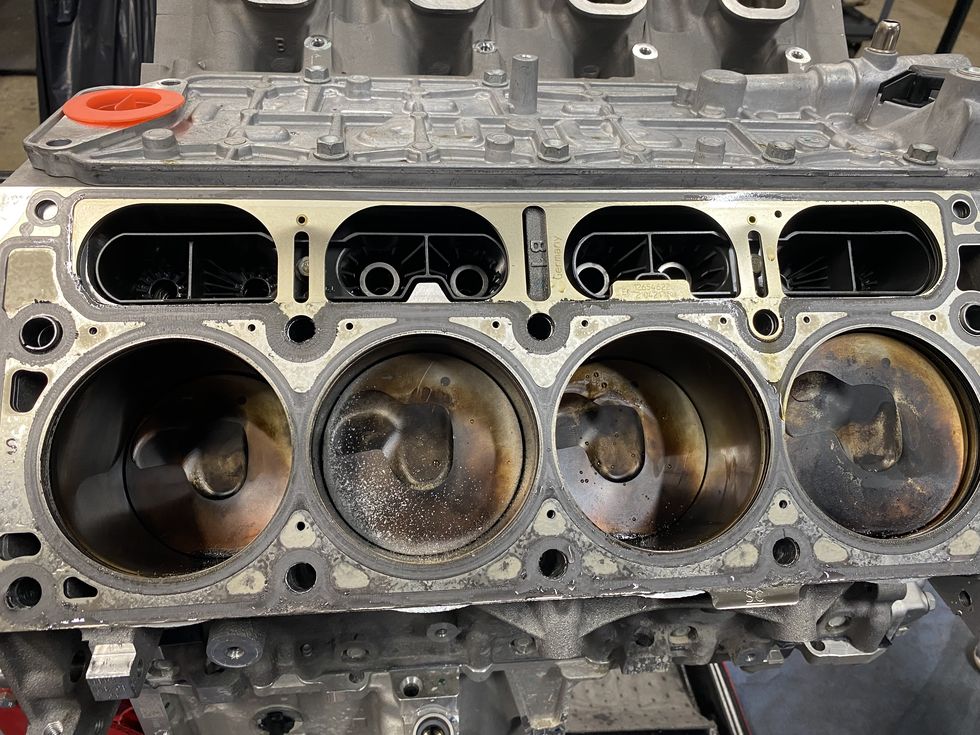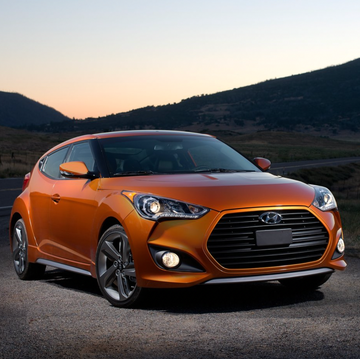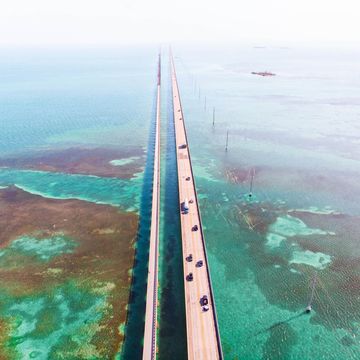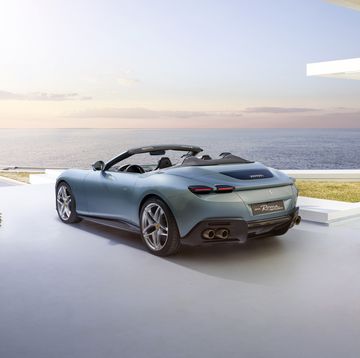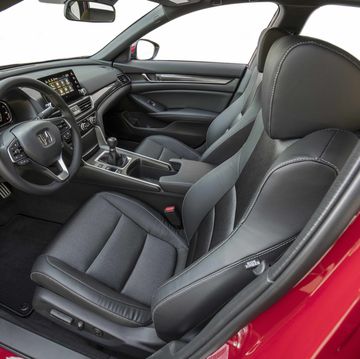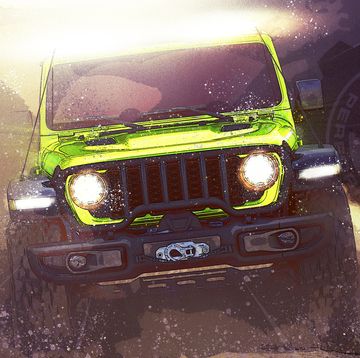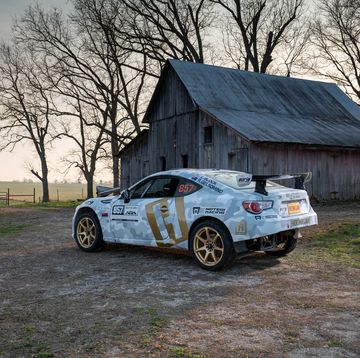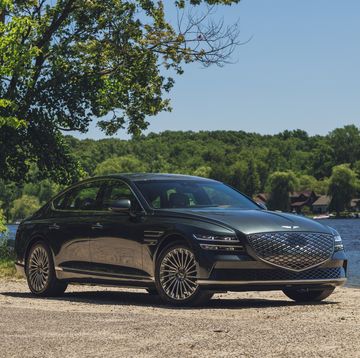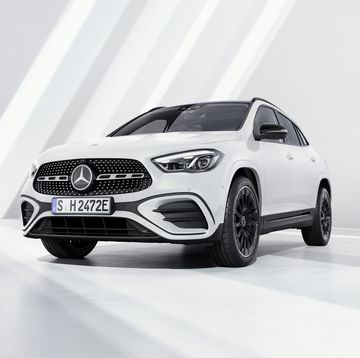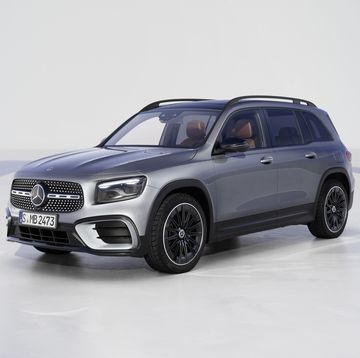- We took delivery of a long-term Cadillac CT5-V Blackwing in March 2022.
- After respecting the 1500-mile break-in period, we hit the track for initial performance testing.
- After about 15 standing-start launches, the LT4 V-8 started misfiring severely.
Our elation after taking delivery of a 2022 Cadillac CT5-V Blackwing for a 40,000-mile long-term test quickly turned to despair after its 668-hp supercharged V-8 suffered a catastrophic engine failure during our initial test session. After respecting the 1500-mile break-in period—keeping the revs below 4000 rpm and not sitting at a constant speed for extended periods—we hit the test track with just over 1800 miles on the odometer to log its initial performance figures.
We took our time playing with the Blackwing’s exceptionally adjustable launch-control feature that allows the driver to select separate launch-rpm and slip-target settings, and then tried a few unassisted dances on the pedals with our ham hocks to see if we could beat it (we could). After about 15 launches, we were almost ready to call it when disaster struck. While coasting to the far end of the straightaway after a run, a host of warning messages popped up on the gauge cluster, all tied to a severe misfire.
What happened? That’s a good question, one that wasn’t answered conclusively even following a complete teardown at GM’s powertrain headquarters in Pontiac, Michigan, where the engine went after it was removed by our local Cadillac dealer. The damage was limited to the even-numbered cylinder bank, with cylinder six taking the brunt of the carnage; its cylinder walls were scored, and aluminum plucked away from the edge of the piston and sprayed on top of it as well as on the exhaust valve. The severe temperature and pressure also blew off the ground strap at the end of the spark plug, and even the cast-iron cylinder liner showed some pitting.
Bad fuel could have caused this kind of pre-ignition or knocking, but then both banks would have been affected. So small-block assistant chief engineer Mike Kociba thinks it was likely one of two things that happened: Either the fuel supply on that side of the rail was somehow depleted—a contaminant restricting the flow somewhere—or a similar blockage in the cooling system that allowed things to get too hot. But, during the teardown, they didn’t find such a blockage in either system.
Kociba assured us it had nothing to do with the severity of our use, and that the engine can happily do standing-start launches all day. Furthermore, he said that of the roughly 20,000 supercharged LT4 variants of the Gen V small-block V-8 the company has sold to date—in the C7 Corvette Z06, Cadillac CTS-V, Camaro ZL1, and now the CT5-V Blackwing and Escalade V—ours is the first and only such failure.
However, this isn’t the first time a Gen V small block let go in our hands. The naturally aspirated LT1 V-8 in our long-term 2014 Corvette needed to be replaced after a connecting-rod bearing failed, likely due to a metal burr that originated from the block or oil-filter threads.
With our CT5, it took about six weeks for our local dealer to remove the engine, receive a new one from GM, and install it. And then, of course, we had to take it easy once again during a second break-in period.
Then we again hit the test track for much hard running, and this time it took it in stride, clocking a sprint to 60 mph in 3.7 seconds and 11.7 seconds through the quarter-mile at 124 mph, and shrugging off repeated runs. Just as we’d expect from one of the fiercest-ever sports sedans.
Dave VanderWerp has spent more than 20 years in the automotive industry, in varied roles from engineering to product consulting, and now leading Car and Driver's vehicle-testing efforts. Dave got his very lucky start at C/D by happening to submit an unsolicited resume at just the right time to land a part-time road warrior job when he was a student at the University of Michigan, where he immediately became enthralled with the world of automotive journalism.

